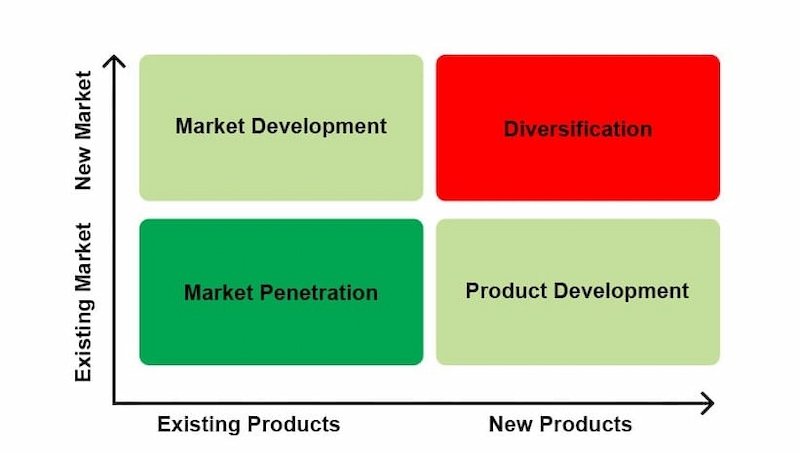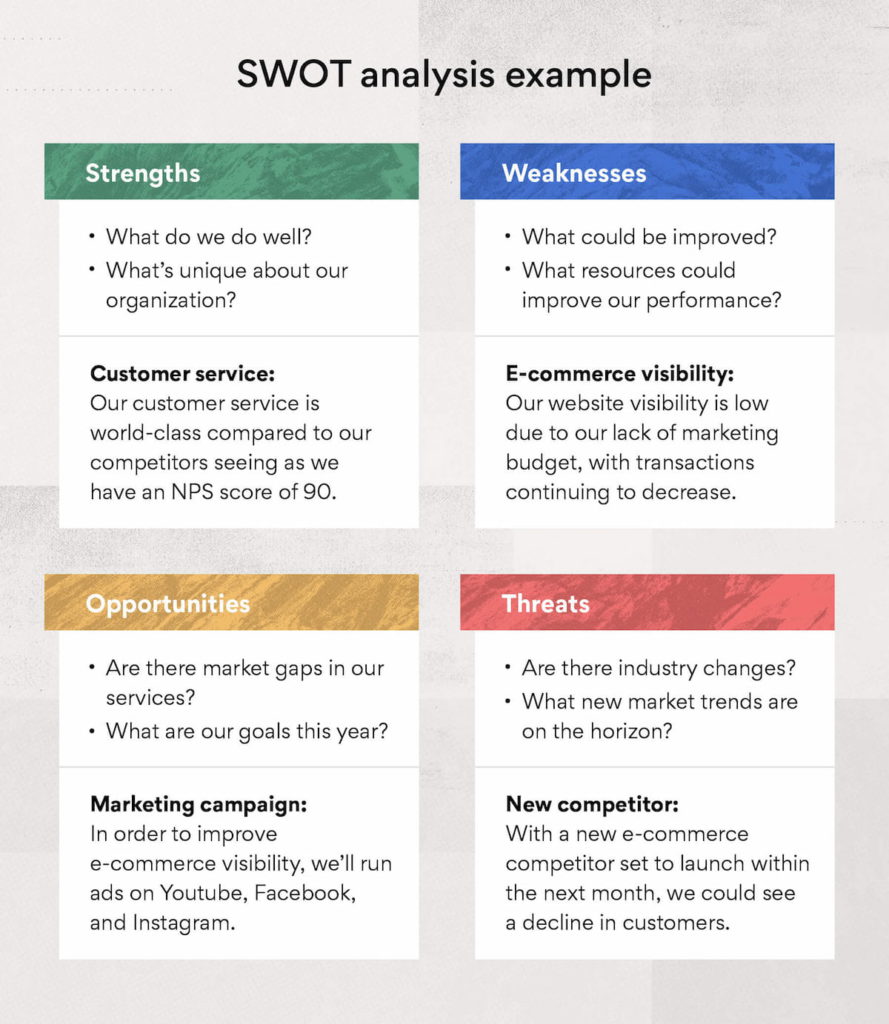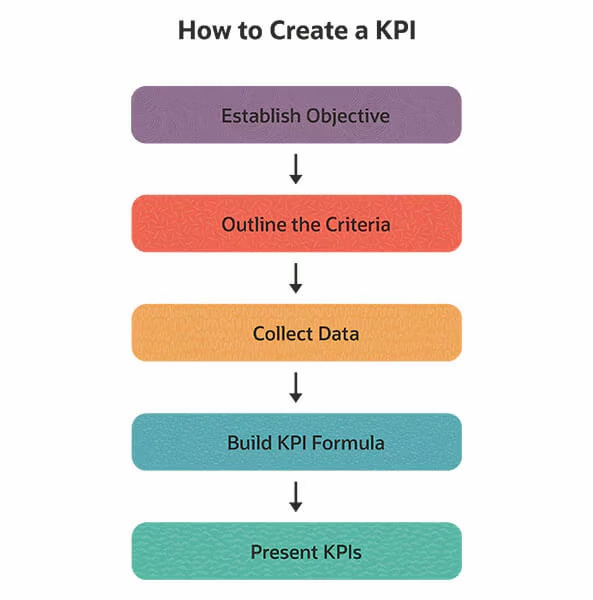A clear organizational strategy is essential for long-term success, acting as the foundation for aligning resources, making informed decisions, and reaching company objectives. From startups aiming for growth to established businesses striving to stay ahead, an effective strategy drives performance, encourages innovation and ensures sustainability in today’s complex market. This article delves into the key elements, practical frameworks, and best practices needed to develop a strong organizational strategy that will move your business forward.
What is an Organizational Strategy? Definition and How It Works
An organizational strategy is a comprehensive plan that outlines how a company will achieve its long-term goals and objectives.
It acts as a roadmap, guiding the allocation of resources, the prioritization of initiatives, and the decision-making process across all levels of the organization. By defining the direction and scope of the business, an organization strategy helps ensure that all efforts are aligned toward a common vision. It involves analyzing internal capabilities, understanding market dynamics, and identifying competitive advantages to make informed choices about where and how to compete.
Organizational strategy is not a static document but a dynamic process that evolves as the business and market conditions change. It works by integrating various elements such as mission, vision, values, and goals, and translating them into actionable plans. This strategy provides a clear framework for achieving sustainable growth, fostering innovation, and maintaining a competitive edge in the marketplace.
Why Organizational Strategy is Critical for Business Success
Companies need an organizational strategy to provide a clear direction and purpose, ensuring that all efforts are aligned with the overall goals of the business. Without a well-defined strategy, organizations risk wasting resources, losing focus, and missing out on opportunities for growth.
An organizational strategy helps companies:
- Align resources efficiently: By focusing on the most critical areas, companies can allocate their resources—whether financial, human, or technological—more effectively, avoiding waste and maximizing impact.
- Guide decision-making: A solid strategy offers a framework for making informed decisions, helping leaders choose the right path forward in a complex and ever-changing business environment.
- Achieve long-term goals: It ensures that short-term actions are in harmony with long-term objectives, allowing the company to stay on track and maintain momentum toward its mission.
- Enhance competitive advantage: By understanding market dynamics and leveraging internal strengths, a well-crafted strategy helps companies differentiate themselves from competitors and capitalize on opportunities.
- Foster innovation and growth: With a clear strategic direction, companies are better positioned to innovate, adapt to market changes, and seize new opportunities for expansion.
In essence, an organizational strategy is vital for steering the company toward sustained success, ensuring that every action contributes to the broader mission and vision.
Key Types of Organizational Strategies for Businesses
Organizations can adopt various types of strategies depending on their goals, market conditions, and competitive landscape. Here are some common types of organizational strategy:
- Corporate-level strategy: Focuses on the overall scope and direction of the organization. It involves decisions about which markets to enter, which businesses to operate in, and how to allocate resources across different business units. Corporate strategy aims to create value by managing the portfolio of businesses to achieve long-term growth and profitability.
- Business strategy: Concentrates on how to compete effectively in specific markets or industries. It involves decisions about positioning, competitive advantage, and strategic initiatives to attract and retain customers. Business strategies often include differentiation, cost leadership, or focus strategies to outperform competitors.

- Functional strategy: Deals with the specific functions or departments within the organization, such as marketing, finance, or operations. Functional strategies are designed to support the overall business strategy by optimizing performance in each area. For example, a marketing strategy may focus on brand development, while an operations strategy might aim to improve efficiency and reduce costs.
- Operational strategy: Focuses on the day-to-day operations and processes that drive efficiency and effectiveness. It involves decisions about production, supply chain management, and quality control. Operational strategies are crucial for ensuring that the organization’s resources are used effectively and that operational goals align with broader business objectives.
- Growth strategy: Aims to expand the organization’s market presence and increase revenue. Growth strategies can include market penetration, product development, market development, and diversification. These strategies are designed to drive long-term growth by exploring new opportunities and scaling existing operations.

- Innovation strategy: Focuses on fostering creativity and developing new products, services, or processes. Innovation strategies are essential for staying competitive in rapidly changing markets and often involve investing in research and development, adopting new technologies, and encouraging a culture of innovation.
- Global strategy: Addresses how to operate in international markets. It involves decisions about global expansion, market entry strategies, and managing cross-border operations. A global strategy aims to leverage international opportunities and achieve economies of scale by operating in multiple countries.
How to Create an Organizational Strategy
Creating an effective organizational strategy involves several key steps that ensure alignment with the company’s mission and objectives while addressing market opportunities and challenges. Here’s a step-by-step guide to developing a robust organizational strategy:
1️⃣ Define vision and mission
- Vision: Articulate a clear and inspiring long-term vision of what the organization aims to achieve. This vision should reflect the desired future state of the company and guide strategic decisions.
- Mission: Develop a mission statement that outlines the organization’s purpose, core values, and primary objectives. The mission should be concise and convey the company’s reason for existence.
2️⃣ Conduct a SWOT analysis
- Strengths: Identify internal strengths, such as unique capabilities, resources, and advantages.
- Weaknesses: Recognize internal weaknesses that may hinder performance or competitive position.
- Opportunities: Explore external opportunities, such as market trends, emerging technologies, and growth areas.
- Threats: Assess external threats, including market competition, economic conditions, and regulatory changes.

3️⃣ Set strategic objectives
- SMART Goals: Establish specific, measurable, achievable, relevant, and time-bound objectives that align with the vision and mission.
- Prioritize: Focus on key objectives that will drive the most significant impact on the organization’s success.

4️⃣ Develop strategic initiatives
- Action plans: Create detailed action plans to achieve the strategic objectives. Outline the steps, resources, and timelines required for implementation.
- Allocate resources: Determine the resources needed for each initiative, including budget, personnel, and technology.
5️⃣ Establish Key Performance Indicators (KPIs)
- Metrics: Define KPIs to measure progress toward strategic objectives. These metrics should provide insights into performance and help track success.
- Monitoring: Implement a system for regularly reviewing and analyzing KPI data to ensure alignment with strategic goals.

6️⃣ Engage stakeholders
- Internal stakeholders: Involve employees, managers, and executives in the strategy development process to gain their insights and commitment.
- External stakeholders: Consider feedback from customers, partners, and investors to ensure the strategy addresses their needs and expectations.
7️⃣ Communicate the strategy
- Transparency: Clearly communicate the organizational strategy to all stakeholders. Use various channels to ensure everyone understands the goals, initiatives, and their roles in achieving them.
- Alignment: Ensure that the strategy is integrated into the company culture and aligns with daily operations and decision-making processes.
8️⃣ Implement the strategy
- Execution: Put the strategic initiatives into action according to the established plans and timelines.
- Adaptation: Be prepared to adjust the strategy as needed based on performance data, market changes, and feedback.
9️⃣ Review and adjust
- Evaluation: Regularly review the strategy’s effectiveness and assess progress toward objectives.
- Continuous Improvement: Make necessary adjustments to the strategy based on performance results, emerging trends, and new opportunities.
FAQ: Organizational Stategies
What is an organizational strategy?
An organizational strategy is a detailed plan that outlines how a company will achieve its long-term goals and objectives. This strategy acts as a guide for decision-making, resource allocation, and overall direction. It encompasses the company’s vision and mission, setting a clear path for how the organization will compete and succeed in its market. In essence, the organizational strategy definition covers the methods and approaches a company uses to achieve its vision and maintain a competitive edge.
Why are organizational strategies important?
Organizational strategies play a crucial role in guiding a company’s operations and growth. Here’s why they are important:
- Direction and focus: They provide a structured approach to achieving the company’s goals, ensuring all employees are aligned and working towards the same objectives.
- Resource allocation: Effective strategies guide how resources—such as capital, talent, and time—are distributed, helping to maximize efficiency and return on investment.
- Competitive advantage: They help businesses understand and exploit their competitive advantages, allowing them to stand out in the market and attract more customers.
- Adaptability: Strategies enable companies to anticipate market changes and adapt to evolving industry trends, ensuring long-term sustainability.
- Performance measurement: They establish clear benchmarks and key performance indicators (KPIs) to measure progress and success, making it easier to evaluate performance and make necessary adjustments.
What are some common strategies for organizations?
Organizations employ various strategies depending on their goals and market conditions. Common strategies include:
- Growth strategies: Aims to increase market share or expand into new markets through means such as mergers, acquisitions, or product development.
- Cost leadership: Focuses on becoming the lowest-cost producer in the industry to offer competitive pricing and maintain profitability.
- Differentiation: Involves creating unique products or services that offer distinct advantages over competitors, enhancing customer value.
- Innovation: Centers on investing in research and development to develop new technologies, products, or processes that drive future growth.
- Strategic alliances: Establishes partnerships or collaborations with other organizations to leverage complementary strengths and enter new markets.
How do you develop effective organizational strategies?
Developing effective organizational strategies involves several key steps:
- Define vision and mission: Clearly articulate the organization’s vision (long-term goals and aspirations) and mission (purpose and core values) to set a foundation for strategic planning.
- Conduct SWOT analysis: Perform a SWOT analysis to evaluate internal strengths and weaknesses, as well as external opportunities and threats. This analysis helps in identifying strategic priorities.
- Set SMART objectives: Develop specific, measurable, achievable, relevant, and time-bound objectives that align with the overall vision and mission of the organization.
- Develop action plans: Create comprehensive action plans detailing how objectives will be achieved, including resource allocation, timelines, and responsible parties.
- Involve stakeholders: Engage key stakeholders in the strategy development process to ensure their buy-in and gather diverse perspectives that can enhance the strategy.
Can organizational strategies change over time?
Absolutely. Organizational strategies should be flexible and adaptable to remain effective in a dynamic business environment. As market conditions, technological advancements, and customer needs evolve, it is essential to regularly review and update strategies. Continuous assessment ensures that the organization remains relevant and competitive, allowing it to navigate new challenges and seize emerging opportunities.
Conclusion
An effective organizational strategy is vital for guiding your company toward long-term success. By defining your vision, conducting a SWOT analysis, setting SMART goals, and developing actionable plans, you create a clear roadmap for aligning resources and driving performance. Whether focusing on growth, differentiation, or cost leadership, a robust strategy enhances your competitive edge and adaptability.
Regularly updating your strategy is essential to keep it aligned with the evolving business landscape. For streamlined planning and tracking, tools like Everhour can help manage and monitor your strategic initiatives efficiently. By integrating the right strategies and tools, you can navigate challenges, seize opportunities, and achieve sustained success.
If you are managing a team of 5 or more and looking to boost efficiency, Everhour is the perfect tool to keep your team on track. With seamless time tracking, you can easily estimate task durations, set clear budgets, and generate detailed reports inside Asana, Trello, Jira, or any other pm tool.

